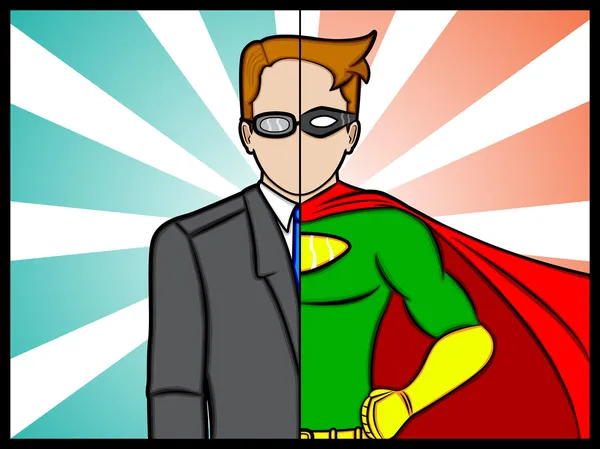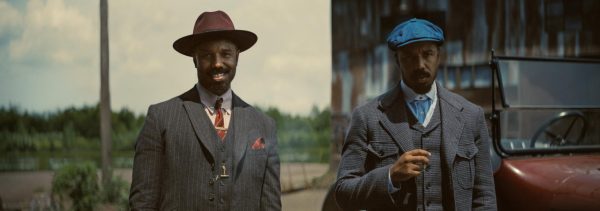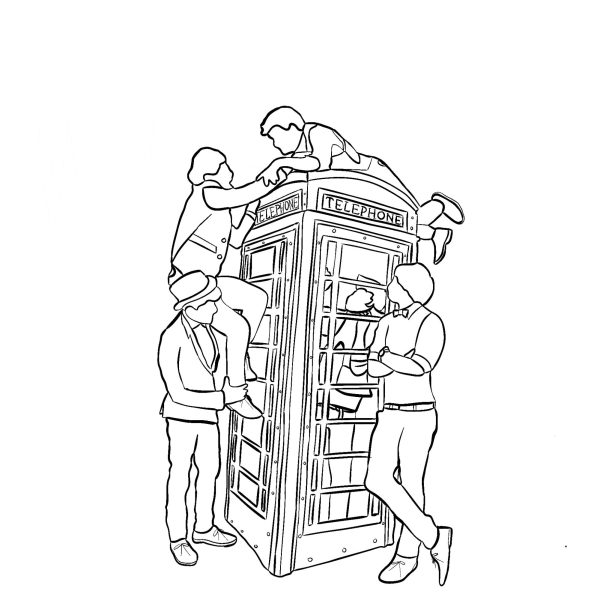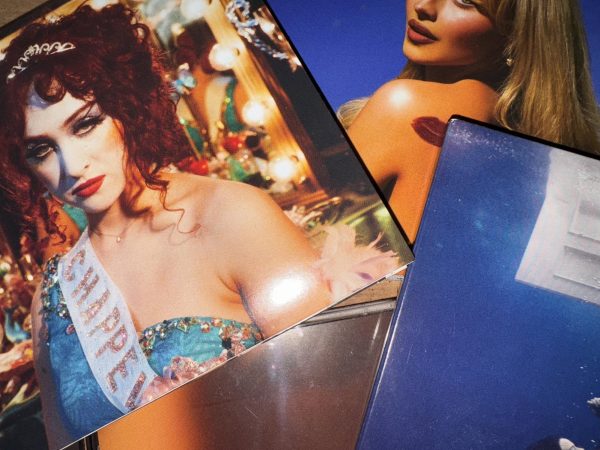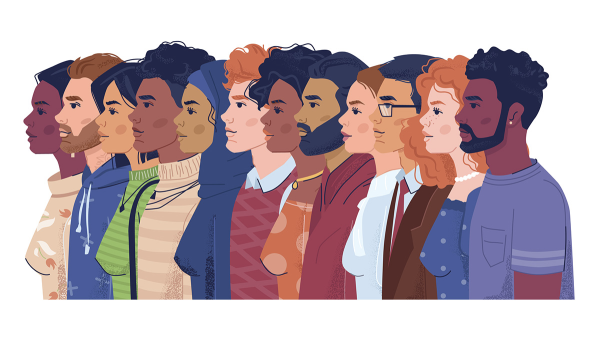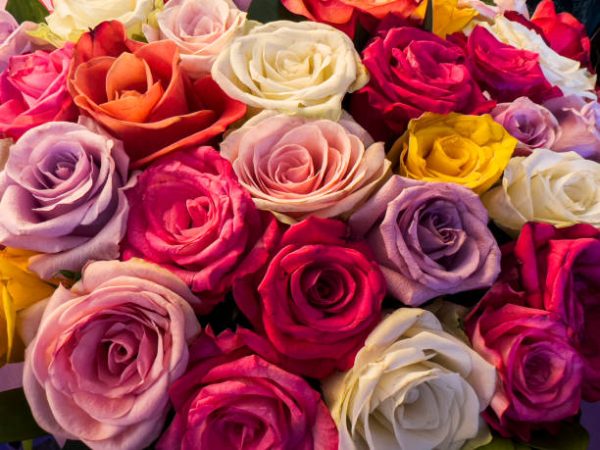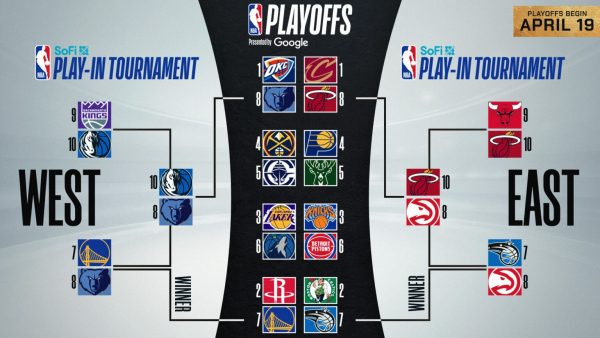Higher, Further, Faster: Why We Need Girl Heroes
Image courtesy of IMDB (cropped)
Higher. Further. Faster.
Higher box office sales, and further opportunities for women and the media access to get us there faster.
On the tides of change in the film industry we need a hero, or maybe we just need her.
For years women have campaigned for the real and the raw, the vulnerable but brave, the girls we want to be, the ones we’ve seen all along. We’ve asked for the girls who pack a punch and don’t always have to look good doing it and somewhere along the way, we’ve found her in “Captain Marvel.”
Marvel may not be the first of its kind, waiting until 2019 to have it’s first solo female leading a film, but “Captain Marvel” is bound to be a trailblazer in her own right. With newcomer to the franchise Brie Larson at the helm taking the fight for women in media on and off the big screen, there is simply no way to take this film and her message lightly.
While not discrediting all the roles many girls grew up looking to as the picture of strong women, ‘Captain Marvel’ opens the doors to endless possibilities for girls everywhere to see themselves reflected in more places than the mirror back home.
Highlighting the adventures of accidental superhero Carol Danvers, ‘Captain Marvel’ speaks volumes to more than just the typical hero’s journey but the human one instead. Where Larson’s character can be seen as the epitome of strength and independence, she also brings forth a depth that truly explores how multi-faceted and unique the archetypical woman and hero can be.
Of all the great takeaways of the movie, the biggest and perhaps most significant, is the act of just getting back up. Where Danvers fails, she always rises to the occasion on her own strength and grit. With an interesting take on the standard hero tropes, there is no pretending that circumstance can’t knock her down or that she is an untouchable being. Instead we see just how often she falls and even more importantly, how she comes back.
Taking on the torch in such a male dominated film genre is perhaps most appropriately done by the girl with the super powered shoulders to carry it for a new generation of young men and women alike. Growing up and looking to the screens to see not only a larger than life hero figure, but one who is also a strong, complex, and capable woman is a stepping stone to a new generation of open-minded and equally as empowered adults.
Through the decades there has always been a fairly substantial disparity in the roles for women in Hollywood, as seen in studies such as the San Diego State University Celluloid Ceiling Report, gathering data from over 20 years worth of statistics. The university’s Center for the Study of Women in Television and Film compiled hard numbers and facts stating the startling rates of women in the business as compared to their male counterparts.
Ranging back as far as 1998, studies demonstrate where the percentages of women working as producers has risen by a dismal 1% as of 2017 while those of female cinematographers, writers, and composers has either declined or remained the same. Of the top 500 films of 2017, only 15% of directors were women, which is a seven point increase from statistics seen in 2016.
Despite the growing numbers, Hollywood still has great strides to make in terms of representation behind the scenes and otherwise. 2018’s Golden Globes showed just how necessary that change really is, with the category of Best Director boasting five all male nominees. These numbers come as a surprise considering the absence of writer and director, Greta Gerwig, whos movie ‘Lady Bird’ took home the award for Best Motion Picture Musical or Comedy.
To truly understand where the rates of women in film fall short, there are three simple rules a film must follow in order to represent female characters fairly in cinema. These rules thought up by Alison Bechdel in a comic strip titled ‘The Rule’ in 1985 suggest that if a piece of work follows the criteria, then it must have two women in it who talk to each other about something other than a man. Additionally, this test may include said women having names.
In a study performed by Duke’s Research Blog entitled ‘Sizing Up Hollywood’s Gender Gap’, less than 40% of U.S films pass the Bechdel Test, despite the standards of the test being admittedly low. Where some movies can simply pass based on brief conversations about anything from nail polish colors to careers, this test has no way of considering the character’s purpose or other defining traits to set her apart from a character who fails to meet the same expectations. The fact that the rules of the test are unable to truly encompass the depth capable of women in film since its initial creation is a promising sign of the changing times and the changing ideologies regarding girls everywhere.
‘Captain Marvel’ with her supporting cast of independent female characters who prove to be unconcerned with discussing men outside of defeating the bad guy, focuses more on the powerful influence of a positive female friendship than chasing romance or boys. With this in mind, she does her job well; saving the world and defying stereotypes simultaneously. Passing the Bechdel Test, while executed fairly well in her first standalone film was almost expected but some movies barely manage it with the same grace. Riddled with sexist undertones and hardly substantial conversations between characters, Entertainment Weekly compiled some of the most surprising movies to fulfill the test’s requirements such as, ‘Weird Science’ and ‘The Karate Kid’.
Demonstrating only a portion of the unbalanced dynamic in the industry between women and men, the Marvel Cinematic Universe could previously only attest to featuring female characters in less than 40% of its current 19 movies as recorded by Digital Spy. The subsequent release of “Ant-man and the Wasp” as well as “Captain Marvel” are sure to further tip the scales in the favor of equality on the screen.
Representation matters when the audience attending movies reveals a slight majority of women according to a study by the Motion Picture Association of America in 2014, yielding results that haven’t shown much variation over the years. Percentages featured in the report also show that of the top five films that year, ones featuring a female lead such as ‘The Hunger Games: Mockingjay Part 1’ attracted the greatest female audience with 57% of the film’s revenue stemming from women.
As compared to other movies produced within that year such as “Captain America: The Winter Soldier,” it can be said that movies featuring a female lead draw in more women as a whole, yet women are hardly represented fairly in these prominent roles. Results from the Center for the Study of Women in Television and Film as reported by Variety in the 2014 article, ‘To Hollywood, Men Are The Bigscreen Heroes’ shed light on the on the statistics of female characters in the 100 top-grossing films of the year, with women making up 15% of protagonists and only 30% of all speaking characters.
2018 saw the release of Marvel’s “Black Panther,” a movie featuring a predominantly African American cast and several dynamic female characters. The movie gathered a 45% female audience, which is more than the typical superhero movie according to Fortune on the topic of diversity in film.
Starring big names like Lupita Nyong’o in a fierce lead role backed by an elite force of all female warriors known as the Dora Milaje, ‘Black Panther’ proved itself to be ahead in terms of representation in the MCU. Most notably though, is designated good guy T’Challa’s sister, Shuri, portrayed by Letita Wright as the quick witted, spunky and brave princess of the fictional Wakanda.
Also joining the Marvel universe in 2018 was ‘Ant-man and the Wasp’, becoming the first ever Marvel film to feature a female character in its title. With Evangeline Lilly as Hope Van Dyne, otherwise known as the ‘Wasp’, the film giant introduces what could be a new era for women in the media getting the chance to see a variety of leading ladies, even if its a slow ride to get there.
The media plays a role in how modern culture perceives the world as we know it. Positive portrayals of women in the roles we see day after day serve to be the difference in an understanding of true girl power, cheesy saying and all.
Senior and third year reporter, Kaiya Little, is the first Editor-in-Chief of The Bridge. She hopes to major in communications and write for a publication...



